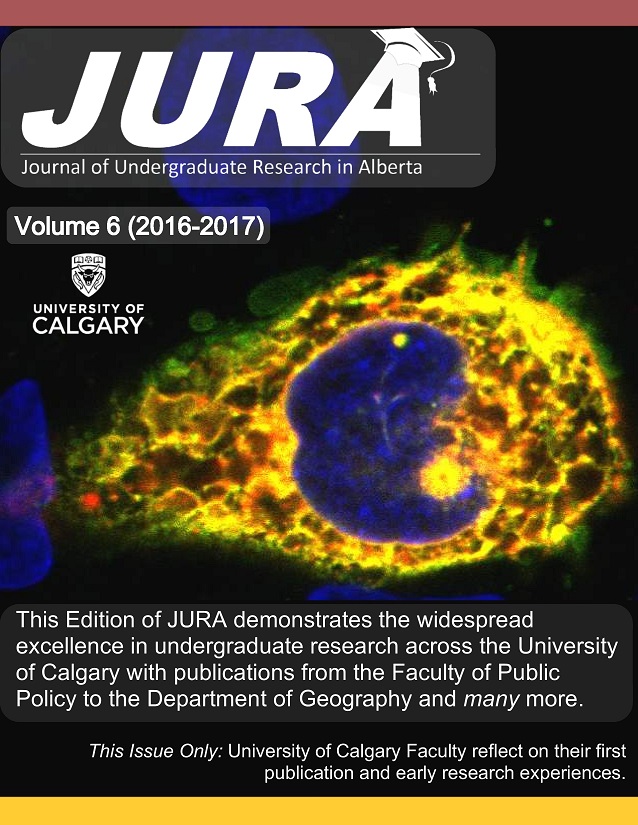Enhancing the efficiency of human pancreatic islet dissociation
Abstract
Over half a million children worldwide are affected by type 1 diabetes, an autoimmune disease characterized by the destruction of insulin-producing pancreatic beta cells. Islet transplantation is a treatment that is currently limited by the lack of vascular network to support large islets post-transplantation. A promising proposal is to disperse native islets into single-cell suspensions and re-aggregate them into smaller, uniform “pseudo-islets”. Substantial cell loss during islet dispersion, however, remains an important obstacle that limits the yield of pseudo-islet aggregates, especially considering the scarcity of donor islets. To optimize the dissociation protocol, we experimented with different cell dissociation reagents, concentrations, and times in order to establish standards for future pseudo-islet formation procedure.
Isolated human islets were dissociated using Trypsin, TrypLE, Accutase, Accumax, and Dispase. These dissociation reagents were identified through literature and the concentrations as well as dissociation times used were in ranges previously outlined. Cell counts of viable cells were recorded using Trypan Blue and PicoGreen DNA assay to quantify cell loss during islet dispersion, filtration and post-culture. Assessment of the viability of the re-aggregated pseudo-islets post-culture was performed using the Alamar Blue assay.
Preliminary results showed the potential for 5.8-fold increase in cell recovery which provides evidence of the significant need to optimize the dissociation protocol. TrypLE showed the highest recovery of cells both post-dissociation and filtration. Results from the project are promising and further investigations will allow the results to become applicable to clinical trials. Improving the recovery and quality of dissociated islet cells will directly help increase the number of treatable patients from the limited supply of donor islets.
References
2. International Diabetes Federation, in IDF diabetes atlas. International Diabetes Federation, Brussels, ed. 7, 2015.
3. H. Callewaert, et al. Cell Transplant. 16(5), 2007.
4. P. Halban, et al. Endocrinology. 111(1), 1982.
5. P. Halban, S. Powers, K. George, S. Bonner-Weir, Diabetes. 36(7), 1987.
6. S. Matta, J. Wobken, F. Williams, G. Bauer, Pancreas. 9(4), 1994.
7. D. Caton, et al. J Cell Sci. 116, 2003.
8. G. Cavallari, R. Zuellig, R. Lehmann, M. Weber, W. Moritz, Transplant Proc. 39(6), 2007.
9. E. O'Sullivan, et al. Diabetologia. 53(5), 2010.
10. J. Hwang, et al. Macromol Res. 20(12), 2012.
11. R. Zuellig, et al. J Tissue Eng Regen Med. 2014. doi:10.1002/term.1891
12. A. Chowdhury, O. Dyachok, A. Tengholm, S. Sandler, P. Bergsten, Diabetologia. 56(7), 2013.
13. C. Wittig, M. Laschke, C. Scheuer, M. Menger, PLoS ONE. 8(7), 2013.
14. A. Zaldumbide, et al. Mol Ther. 21(8), 2013.
15. J. Hilderink, et al. J Cell Mol Med. 19(8), 2015.
16. N. Mullooly, W. Vernon, D. Smith, P. Newsholme, Exp Physiol. 99(3), 2014.
17. F. Pagliuca, et al. Cell. 159(2), 2014.
18. D. Penko, et al. Islets. 3(3), 2011.
19. A. Wojtusciszyn, M. Armanet, P. Morel, T. Berney, D. Bosco, Diabetologia. 51(10), 2008.
20. S. Tsukiyama, et al. Tissue Eng. 12(1), 2006.
21. S. Tsukiyama, et al. Artif Organs. 32(3), 2008.
22. K. Ramachandran, S. Williams, H. Huang, L. Novikova, L. Stehno-Bittel, Tissue Eng Part A. 19(5-6), 2013.
Downloads
Published
Issue
Section
License
Authors retain all rights to their research work. Articles may be submitted to and accepted in other journals subsequent to publishing in JURA. Our only condition is that articles cannot be used in another undergraduate journal. Authors must be aware, however, that professional journals may refuse articles submitted or accepted elsewhere—JURA included.


